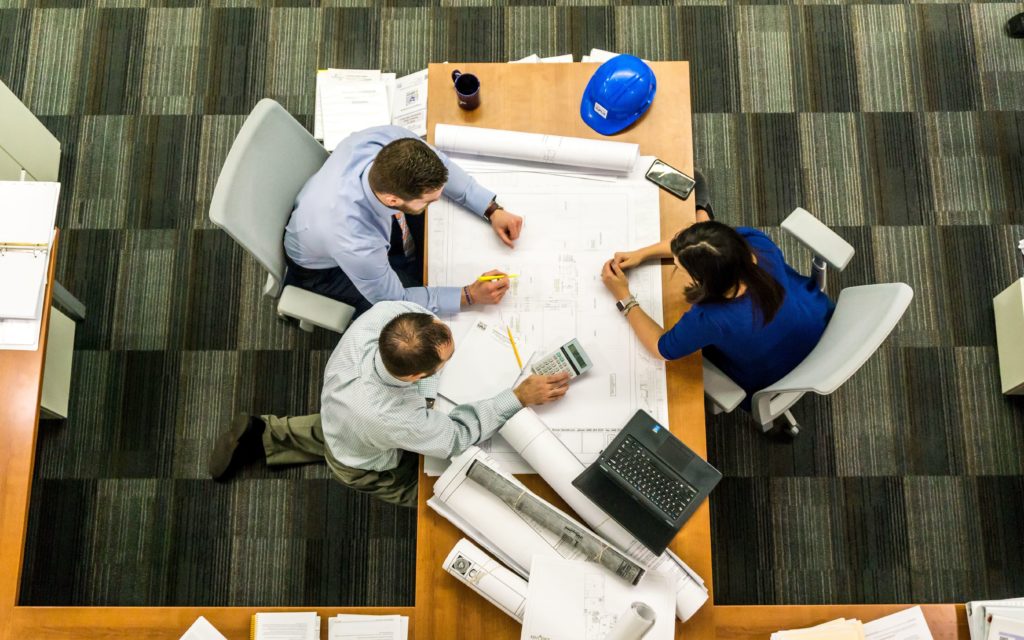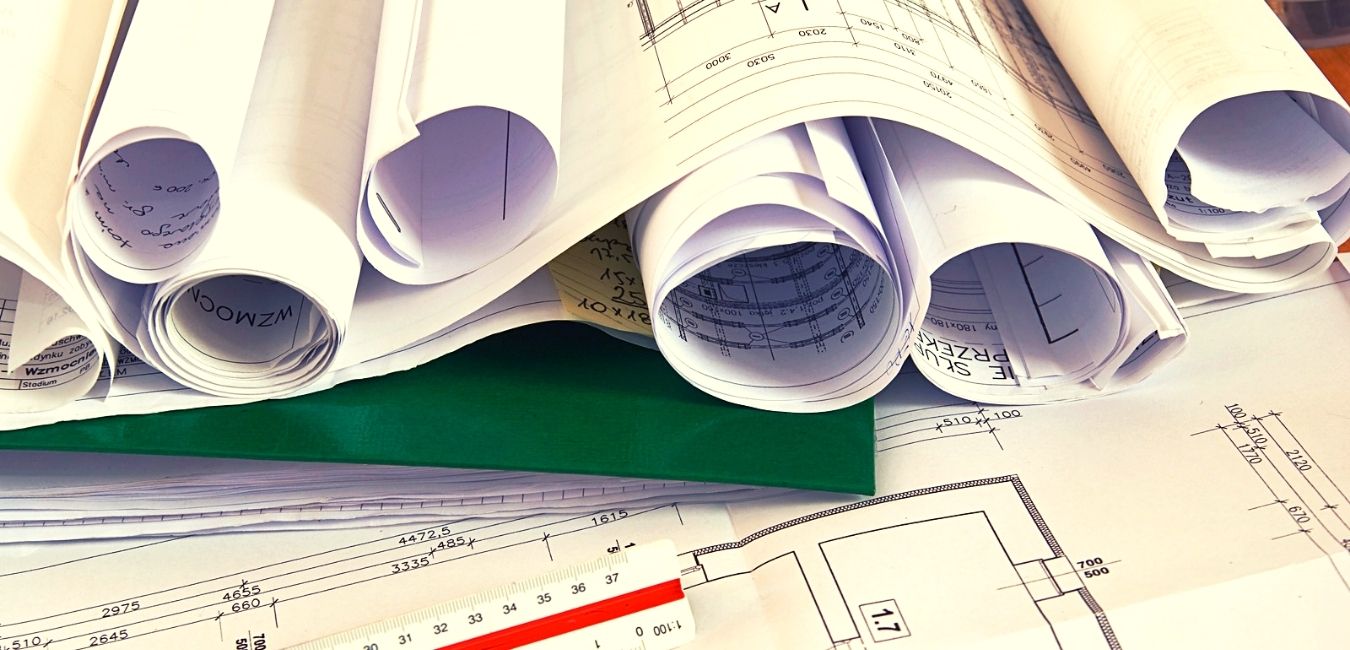Mastering Organization: Enhance Efficiency with Construction Document Management
Mastering Organization: Enhance Efficiency with Construction Document Management
Blog Article
Enhancing Workflow Performance: Engineer's Professional Approaches for Building And Construction Paper Administration
In the realm of building style and building, the meticulous monitoring of papers stands as a foundation for job success. Engineers use numerous techniques to enhance operations efficiency and streamline building and construction paper management procedures. From experienced organization techniques to the assimilation of collective systems and the application of secure information administration remedies, designers navigate an intricate landscape of techniques and devices. Among this intricacy, a select few specialist techniques have emerged as important in optimizing operations efficiency. These strategies not only ensure smooth job development but likewise hold the crucial to unlocking enhanced productivity and precision in the detailed realm of building and construction record management.
Secret Paper Company Methods
When handling building papers, one of the essential techniques that architects utilize is developing a organized and effective organization system. This system normally entails classifying papers based on their type, such as drawings, specs, contracts, and permits. By creating distinctive and clear classifications, designers can rapidly locate specific information when required, saving time and reducing errors in the building and construction procedure.
Within each classification, architects additionally organize papers by using or developing subfolders numbering systems to denote modifications or variations (construction document management). This hierarchical framework ensures that the most existing and relevant information is quickly available while keeping a record of changes made throughout the job timeline
In addition, engineers typically use electronic paper management platforms that provide functions like keyword search features, variation control, and accessibility constraints to boost company and cooperation amongst project stakeholders. These tools improve the paper access procedure, advertise real-time updates, and promote smooth interaction, inevitably adding to the total success of the construction project.
Collaborative Platform Assimilation
To maximize record monitoring efficiency in construction projects, architects seamlessly integrate collaborative platforms to boost interaction and improve control amongst job stakeholders. By leveraging collaborative platforms such as project management software program, cloud-based storage space systems, and communication tools, architects can develop a central center for all project-related records and interaction channels. These platforms permit employee to gain access to, evaluation, and work together on documents in real-time, reducing hold-ups and the risk of mistakes related to standard paper management methods.
Collective platform combination additionally promotes openness and liability within the job group, as all stakeholders have visibility into the most recent job updates and alterations. By streamlining interaction and file sharing, designers can ensure that all group members are functioning from one of the most current information, lessening the opportunities of problems or misunderstandings developing as a result of outdated papers.
Moreover, joint platforms enable seamless partnership in between architects, specialists, customers, and various other project stakeholders, promoting a much more effective and cohesive job process. By damaging down interaction obstacles and promoting information exchange, architects can drive productivity and development in building and construction projects, ultimately resulting in successful job results.
Version Control Best Practices
Executing efficient version control methods is vital for preserving paper precision and uniformity in building and construction tasks. By establishing a clear system for handling alterations, task groups can make certain that every person is functioning from one of the most updated paperwork, decreasing the risk of mistakes and disparities throughout the building phase.
One of the key best techniques for variation control is to designate unique identifiers per record version. This can be achieved by using a numbering system or day stamp that plainly shows the read order of alterations. By clearly labeling each model, staff member can conveniently track the development of the file and identify one of the most recent variation.

Automation Tools for Effectiveness

Paper control software program, like Procore or PlanGrid, centralizes project paperwork, making it conveniently obtainable to all stakeholders. These systems enable real-time collaboration, version control, and automated backups, securing versus information loss. In Addition, Structure Information Modeling (BIM) software application automates the generation of building and construction drawings and makes sure that modifications are integrated throughout all relevant records.
Incorporating automation devices with cloud storage space remedies further enhances ease of access and safety. By automating the document monitoring procedure, job groups can concentrate their effort and time on value-adding activities, ultimately improving productivity and project outcomes.
Secure Information Monitoring Solutions
Effectively managing and guarding task information is critical in the construction industry to ensure discretion and stability throughout the task lifecycle. Safe and secure information administration remedies play an important role in safeguarding sensitive information from unapproved gain access to or breaches. Architectural firms can use encrypted cloud storage services to safely share and save task records with licensed personnel. Applying gain access to controls, such as user verification and authorization settings, makes certain that just authorized people can see or modify delicate information.
In addition, utilizing electronic rights administration (DRM) devices adds an added layer of safety and security you could try this out by protecting against the unauthorized distribution or duplication of task files. Normal information backups are important to reduce the threat of information loss due to unanticipated conditions like hardware failures or cyber-attacks. Collective systems with built-in safety features allow smooth communication and data sharing amongst task employee while preserving information integrity.
Final Thought
In verdict, implementing essential paper company strategies, incorporating collaborative platforms, practicing version control finest techniques, making use of automation tools, and adopting protected data monitoring remedies are important approaches for boosting workflow effectiveness in building and construction record management. These expert strategies can streamline procedures, boost interaction, ensure accuracy, and maintain data safety and security throughout the building project lifecycle.
In the realm of architectural design and construction, the precise administration of files stands as a foundation for job success. These methods not only guarantee smooth project progression but likewise hold the crucial to opening improved productivity and accuracy in the detailed world of building paper management.
To optimize document management performance in building projects, engineers flawlessly incorporate collective platforms to enhance interaction and improve coordination amongst project stakeholders. These systems enable team participants to gain access to, evaluation, and collaborate on records in real-time, reducing hold-ups and the risk of mistakes connected with traditional record administration methods.
Making use of automation tools in construction record administration substantially enhances performance and improves processes for task teams. construction document management.
Report this page